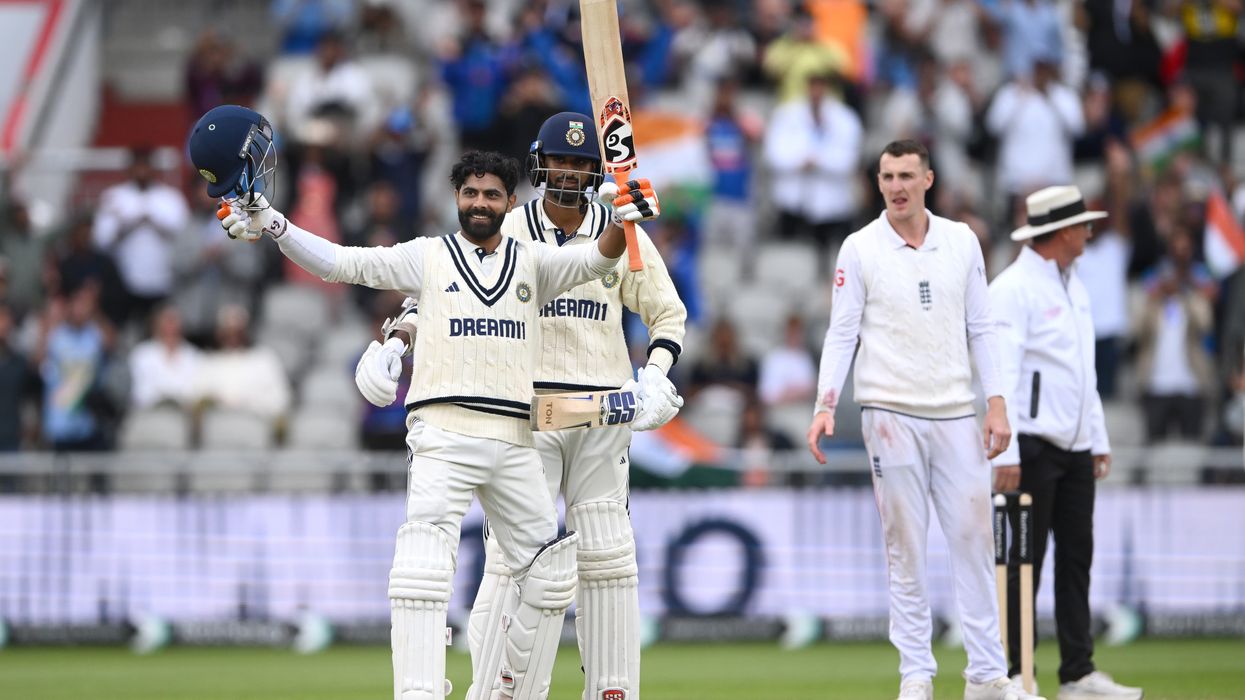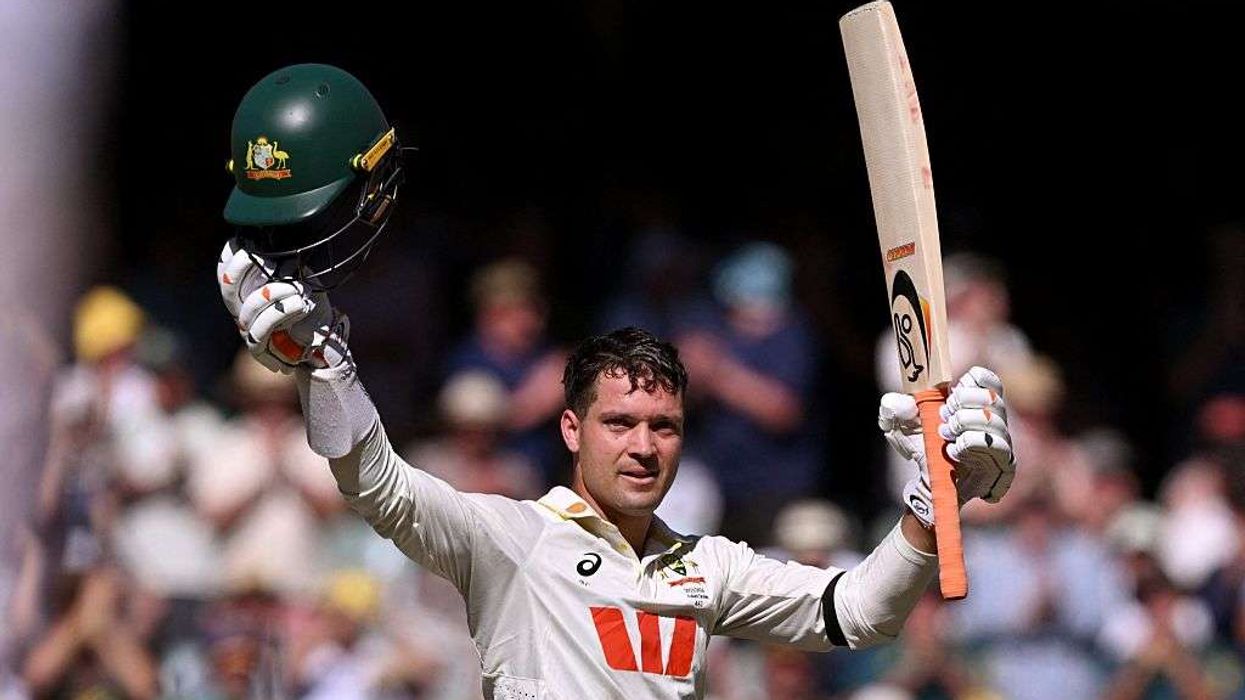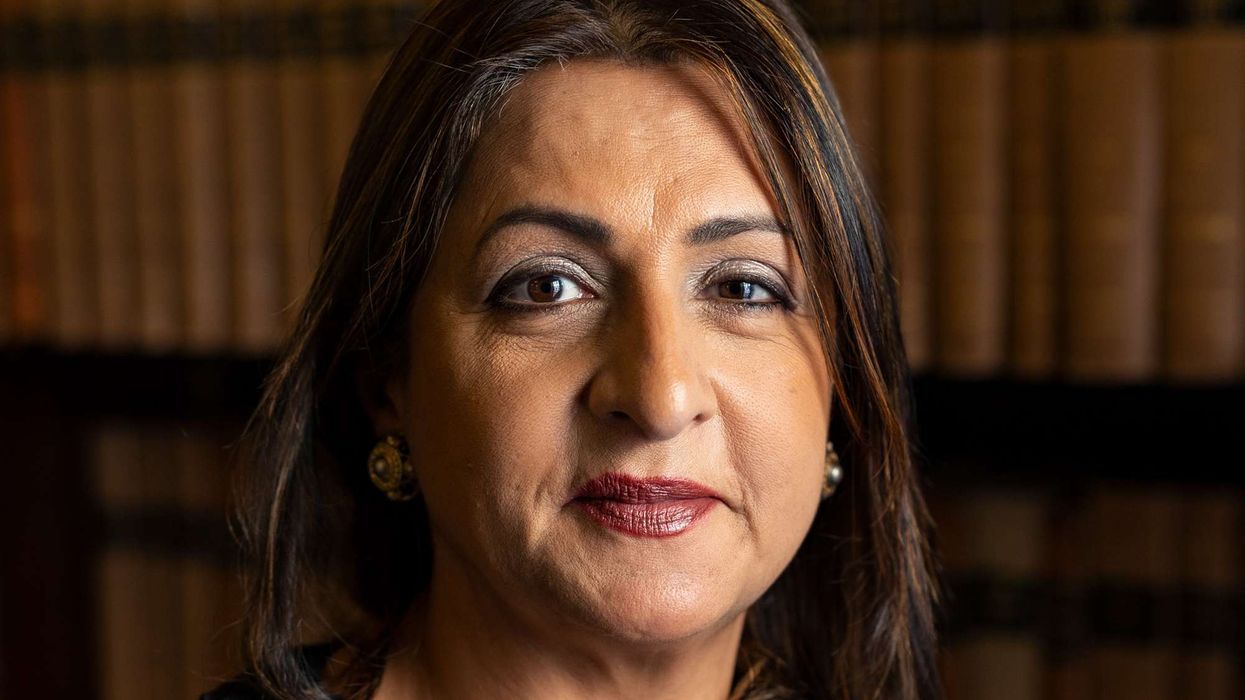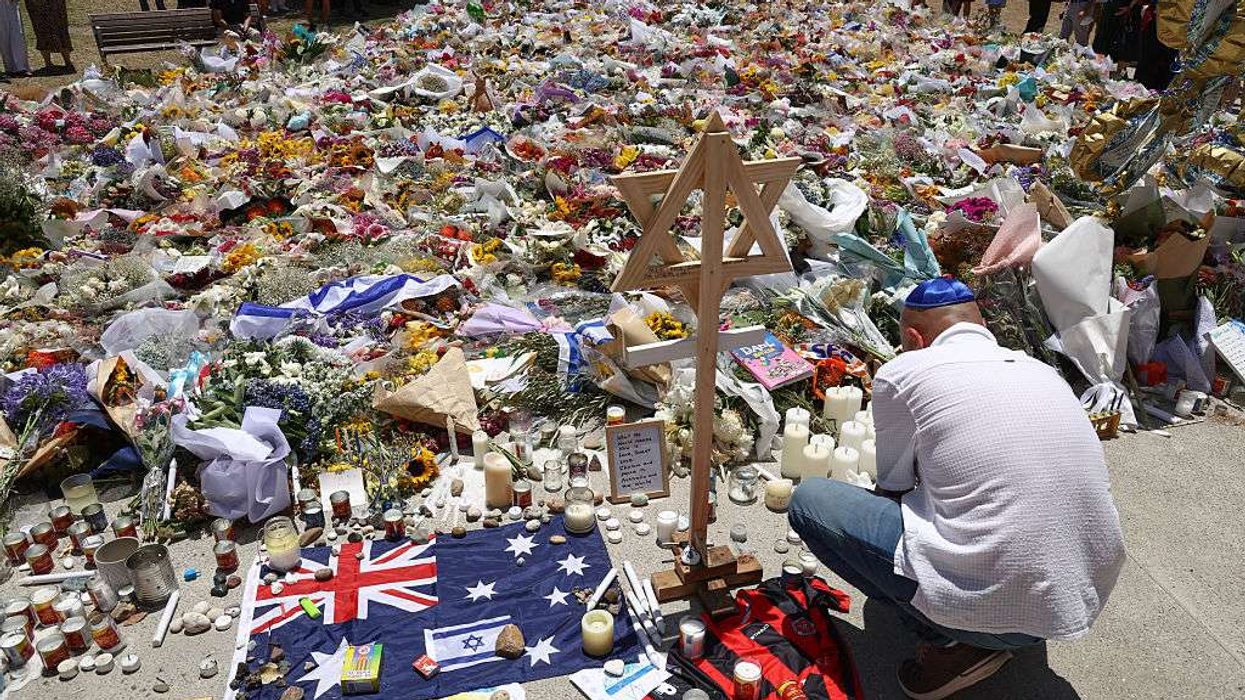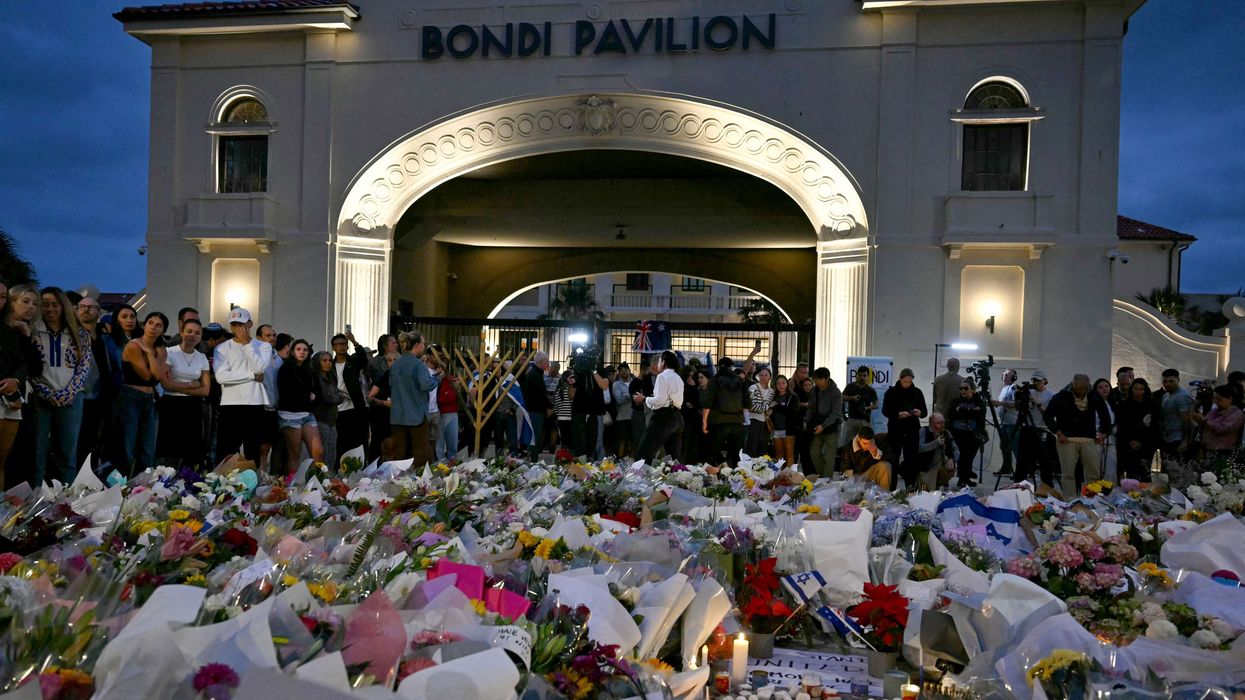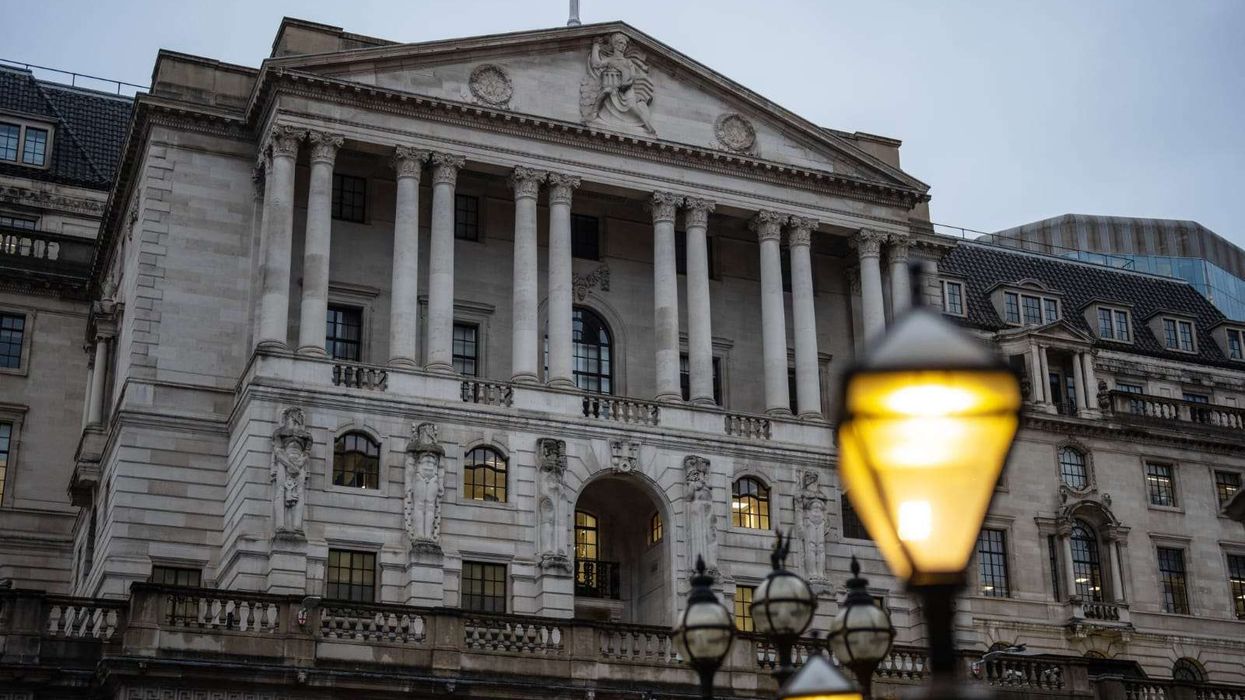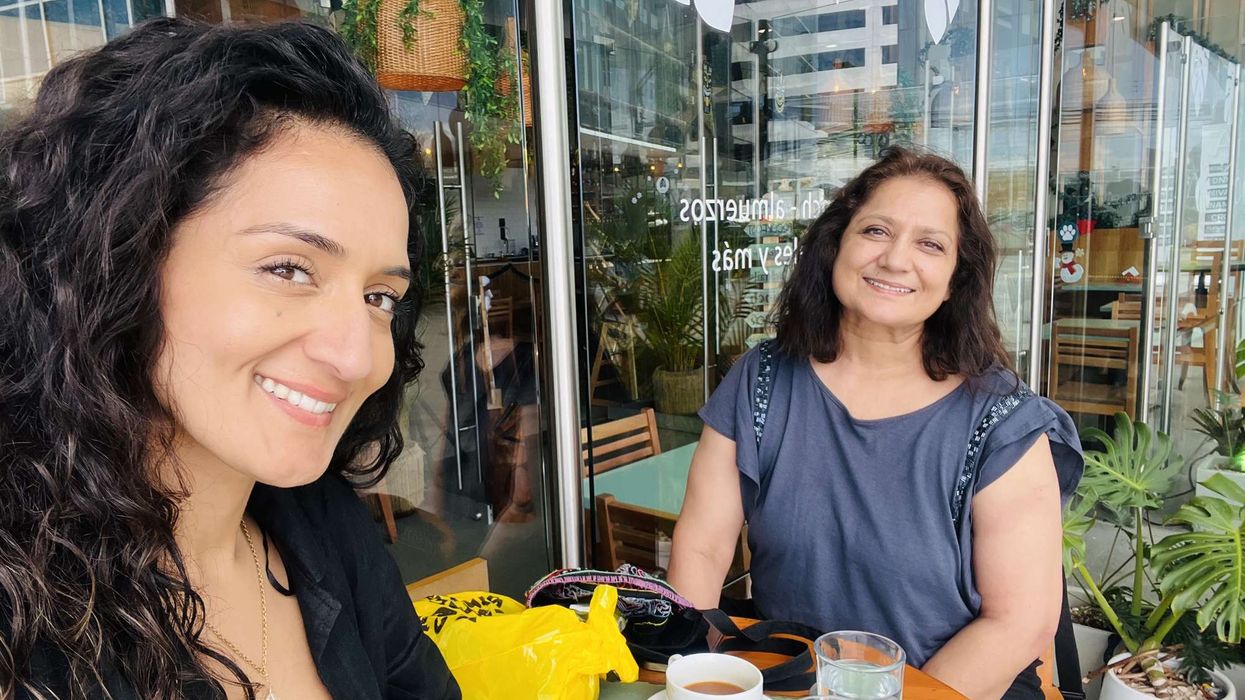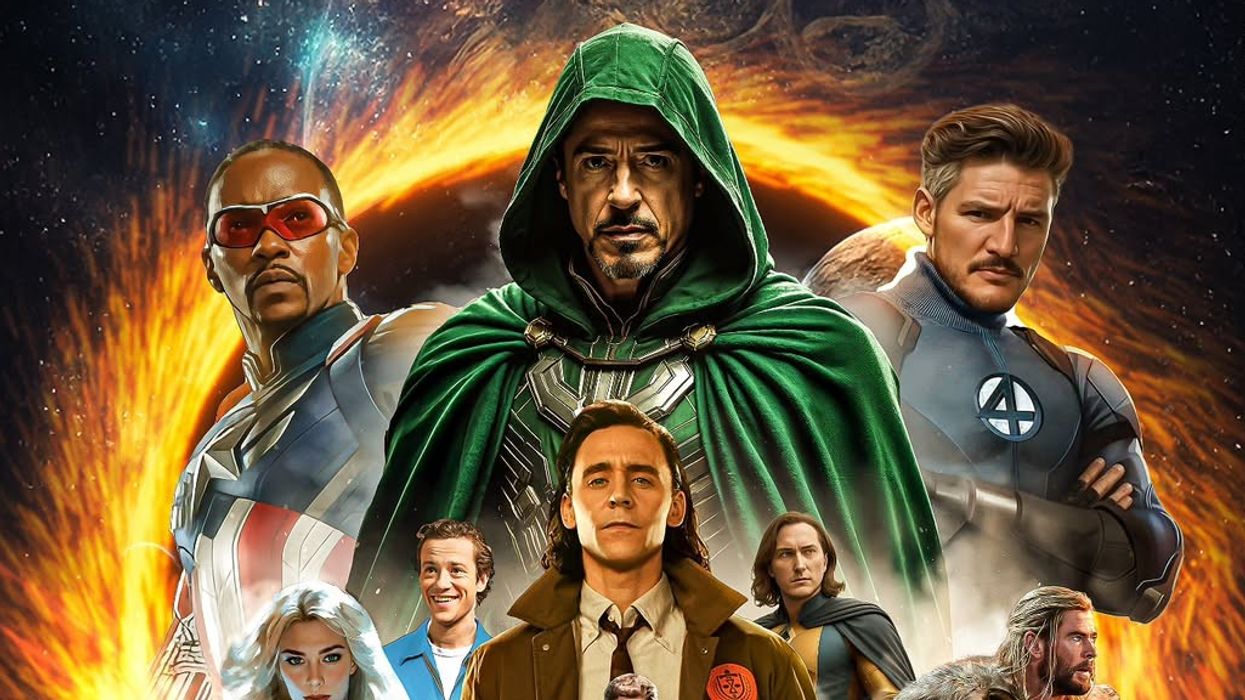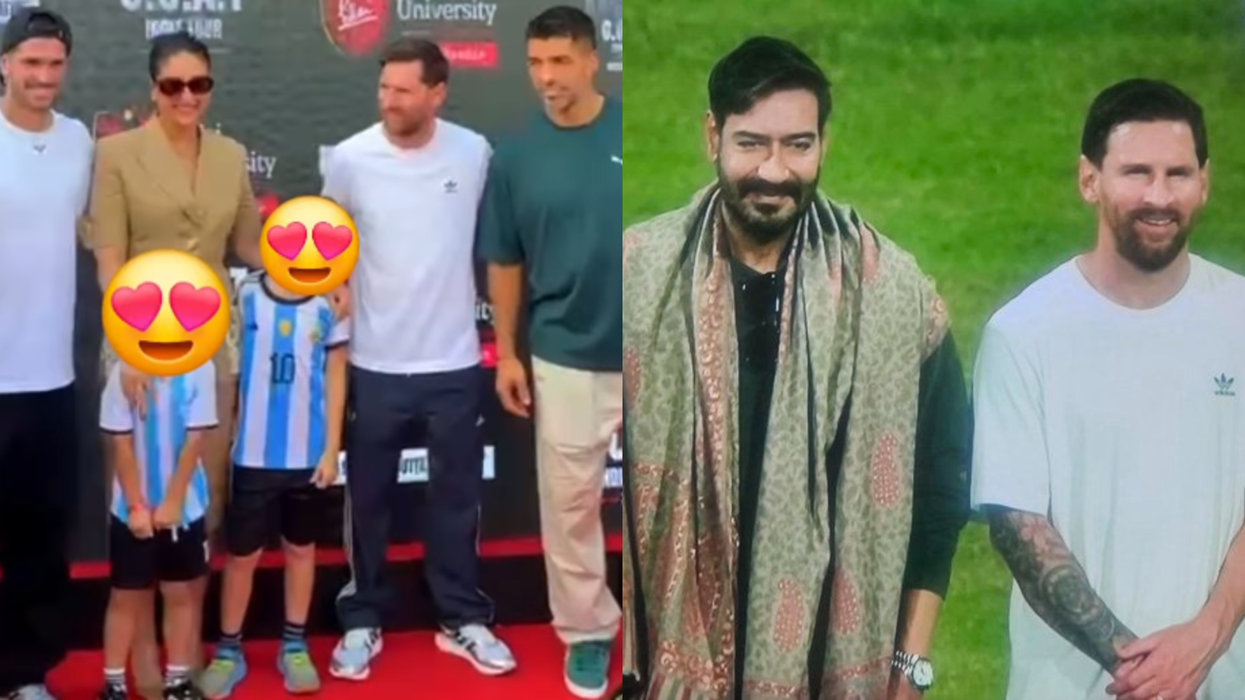INDIA drew the fourth Test against England at Old Trafford on Sunday, taking the five-match series to a final decider at The Oval.
The tourists finished their second innings on 425-4, leading by 114 runs, as centuries from Shubman Gill, Ravindra Jadeja, and Washington Sundar ensured they avoided defeat.
England remain 2-1 ahead, with the last Test starting on Thursday in south London. An India win at The Oval would level the series.
Gill leads India’s resistance
India faced early trouble in their second innings, collapsing to 0-2 on Saturday after Chris Woakes struck twice in the first over, following England’s large first-innings total of 669.
However, captain Gill steadied the innings with 103 during a seven-hour stay, sharing a 188-run partnership with KL Rahul, who made 90.
“It was a very brave effort,” said Gill. “We were put under a lot of pressure, but the way we responded, especially after losing two wickets, was pleasing.”
Jadeja and Sundar frustrate England
Jadeja, who was dropped on the first ball by Joe Root, went on to score 107 not out, his first century of the series. Sundar, unbeaten on 101, made his maiden Test hundred. Their unbroken stand of 203 frustrated England on a flat pitch.
Despite the efforts of captain Ben Stokes, who bowled through pain and had earlier scored 141 and taken 5-72 in India’s first innings, England could not break the partnership. “That partnership was massive, they played incredibly well,” said Stokes.
Stokes battles injury, match ends with late drama
India resumed on Sunday at 174-2, with Gill on 78 and Rahul on 87. Stokes, who has taken 17 wickets in the series at an average of 25.23, trapped Rahul lbw for 90 early in the day.
Gill was caught behind off Jofra Archer with the score at 222-4, but Jadeja and Sundar remained solid.
In the final stages, both batters closed in on centuries. Stokes refrained from using his main bowlers to avoid risk ahead of the next Test, bringing Harry Brook to bowl.
Jadeja hit Brook for six to complete his 182-ball century, while Sundar reached his hundred off 206 balls with a two. The match ended immediately after.
Stokes, despite his personal performance, said: “I’d give the bottle of champagne and the medal in a heartbeat if we were on the right side of the result.”
(With inputs from agencies)
